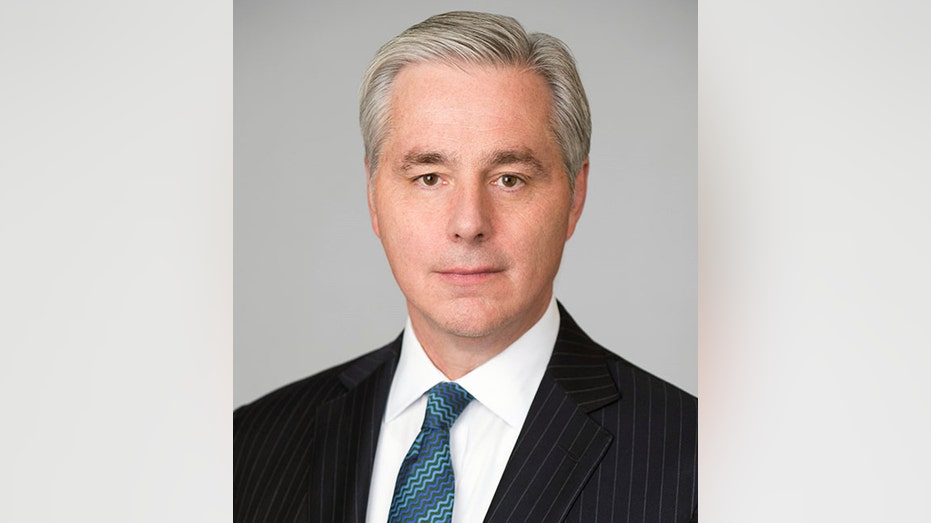Amtrak names new CEO as Bill Flynn prepares to retire
Amtrak provided 12.2 million customer trips so far this year, 42% above targets
Fox Business Flash top headlines for December 15
Check out what's clicking on FoxBusiness.com.
Amtrak CEO Bill Flynn has reached his final stop with the passenger rail service as the executive has announced plans to retire. President Stephen Gardner will hop into Flynn's role Jan. 17 amid a critical time for the nation's rail system and infrastructure spending.

Amtrak CEO Bill Flynn (https://www.amtrak.com/william-flynn)
Flynn, who has helped guide Amtrak through the COVID-19 pandemic since April 2020, will continue to serve as a senior advisor to Gardner and the company for the remainder of the year in support of the transition.

Amtrak President Stephen Gardner (https://www.amtrak.com/stephen-gardner)
Gardner, who has been with Amtrak since 2009 and previously served as its chief operating and commercial officer, has led Amtrak's efforts to expand state-supported service partnerships, increase Acela capacity, improve Northeast Corridor infrastructure and develop Amtrak’s strategic plan.
Prior to Amtrak, Gardner worked as a senior staff member on the Commerce, Science and Transportation’s Subcommittee on Surface Transportation & Merchant Marine Infrastructure, Safety and Security and a legislative assistant for transportation for Sen. Tom Carper and Congressman Bob Clement. The 45-year-old also held various operating and managerial positions with Guilford Rail System’s Maine Central Railroad in Maine and Massachusetts and the Buckingham Branch Railroad in Virginia.
"I’m truly humbled and honored to assume this role for America’s railroad," Gardner said. "With the help of the bipartisan infrastructure investment, I’m excited about working with our state, commuter and freight rail and federal partners to improve our assets, renew our fleet and expand Amtrak service to more communities."
AMTRAK TEMPORARILY SUSPENDS EMPLOYEE VACCINE MANDATE
Amtrak has provided 12.2 million customer trips this year, with more than half of those trips taking place in the second half of the year, an increase of 4 million compared to 2020 and 42% above its fiscal year 2021 goal.
The service also advanced $2.2 billion in capital spending during the fiscal year, including an acquisition of the Hudson Tunnel Project and a $7.3 billion agreement with Siemens Mobility to manufacture 83 new trains, which will be a mix of electric and diesel power.

An Amtrak worker walks next to an Amtrak train during a station stop on Dec. 9, 2021 in Fullerton, Calif. (Photo by Mario Tama/Getty Images / Getty Images)
The transition comes as Amtrak is set to receive up to $66 million in fresh funding that will go toward infrastructure improvements.
"Bill has built a strong foundation for continued safe and reliable operations, innovation and growth," Amtrak board chairman Tony Coscia said in a statement. "With the Biden administration and Congress just having made a transformational investment in intercity passenger rail, this is the right time to transition the leadership of the company for the long term to help guide Amtrak’s promising future."
GET FOX BUSINESS ON THE GO BY CLICKING HERE
Secretary of Transportation Pete Buttigieg expressed the department's gratitude for Flynn's service and said that it looks forward to working with Gardner as Amtrak continues its robust recovery and lays the groundwork for an expansion.
"Stephen has spent practically his entire career in rail — beginning as a brakeman and track worker — and has served as Amtrak's president for the past year," Buttigieg said. "As he steps into this new role, we can be sure that Amtrak, and all who rely on its service, will benefit from his lifetime of expertise in rail and transportation."
Earlier this year, Amtrak laid out its fifteen-year vision for an expanded railroad network, which will include 39 new routes and enhancements to 25 existing routes, as it looks expand or improve rail service for 20 million more riders annually. In addition, the expansion is expected to add an estimated 26,000 permanent jobs and 616,000 person-years of temporary employment and bring in $8 billion annually in economic activity by 2035.





















